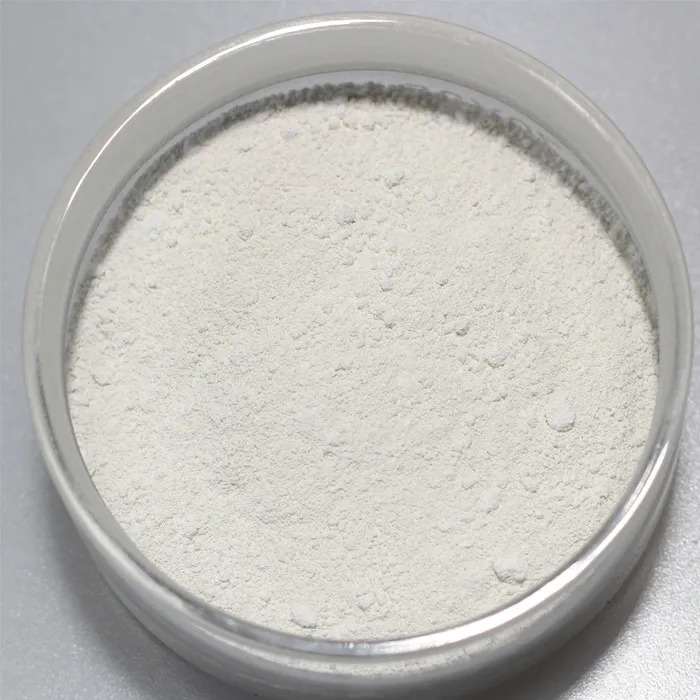The Significance of 6-chloro-1,3-dimethyluracil in Pharmaceutical Research
6-Chloro-1,3-dimethyluracil is a notable compound in the realm of medicinal chemistry, primarily recognized for its potential therapeutic applications and its role as a building block in the synthesis of various pharmaceuticals. This compound, characterized by its unique structural features, presents an intriguing subject for research within the fields of biochemistry and pharmacology.
At the core of 6-chloro-1,3-dimethyluracil's significance is its structural resemblance to uracil, a naturally occurring pyrimidine nucleotide found in RNA. The introduction of chlorine and methyl groups lends unique properties that can modify its behavior in biological systems. The chlorination at the 6-position is particularly noteworthy, as it can influence the compound's reactivity and interaction with enzymes, potentially leading to novel biological activities.
Research has demonstrated that halogenated uracil derivatives, such as 6-chloro-1,3-dimethyluracil, exhibit varied biological activities, including antiviral, anticancer, and antimicrobial properties. Its antiviral potential is of particular interest, as the ongoing search for new antiviral agents is critical in the face of emerging viral infections. Compounds that can inhibit viral replication or interfere with viral assembly can serve as vital tools in the development of effective treatments.
6-chloro-1,3-dimethyluracil

Furthermore, 6-chloro-1,3-dimethyluracil's role as a potential anticancer agent stems from its ability to disrupt nucleic acid metabolism, a hallmark of cancer cell proliferation
. By inhibiting enzymes involved in nucleotide synthesis, this compound may limit the growth of cancerous cells, thereby offering a pathway for the development of targeted cancer therapies. The exploration of its mechanism of action is essential in understanding how it could be optimized for therapeutic use.In synthetic organic chemistry, 6-chloro-1,3-dimethyluracil serves as a versatile intermediate for the creation of other bioactive molecules. Chemists often employ reactions involving this compound to modify its structure, yielding derivatives with enhanced efficacy or specificity for biological targets. The ability to fine-tune the properties of such compounds makes them invaluable in the drug discovery process.
Moreover, the study of 6-chloro-1,3-dimethyluracil is not limited to its synthesis and biological activities; understanding its pharmacokinetics and pharmacodynamics is crucial. Properties such as solubility, stability, and bioavailability play a significant role in determining the feasibility of a compound for clinical use. Research in these areas can pave the way for the successful translation of laboratory findings to clinical applications.
In conclusion, 6-chloro-1,3-dimethyluracil stands at the intersection of chemistry and medicine, encapsulating the essence of drug discovery. By examining its structural features and biological implications, researchers can unlock new therapeutic avenues for combating various diseases. The ongoing study of this compound not only enhances our understanding of nucleic acid metabolism but also contributes to the broader quest for innovative treatments in modern medicine. As the landscape of pharmaceutical research continues to evolve, compounds like 6-chloro-1,3-dimethyluracil will undoubtedly play a pivotal role in shaping future therapeutic strategies.

